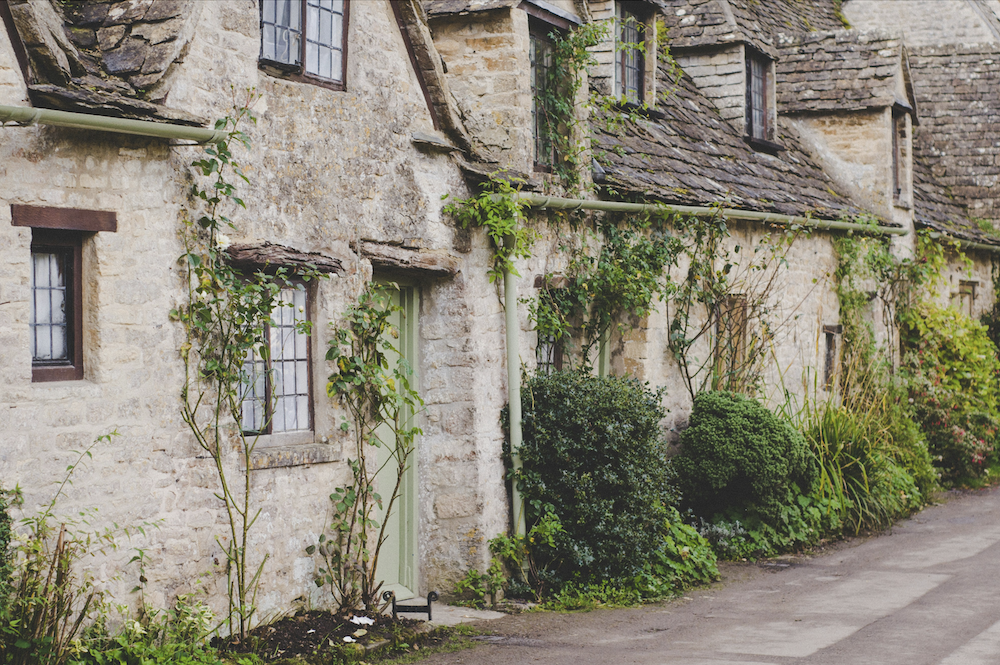Local Distinctiveness (LD) isn’t something you really appreciate until it is lost and, sadly in 2024 we are on the cusp of sleep-walking away from it. Defining LD is inherently difficult – ultimately it often boils down to a certain ‘sense of place’ or ‘feeling’ derived from the built environment and the materials used therein. For the purposes of this article I want to focus on the materials used in the maintenance of LD, while the other strands of the topic such as architectural styles, the massing of structures in a given area and landscape character assessments are all important in their own right, as a geologist at heart I must confess to being somewhat more inclined to dwell on the importance of the minerals used instead.
While LD is tricky to define, its maintenance and enhancement have been afforded varying degrees of protection by national and local planning policies for decades as a reflection of its importance. At some level there has always been a degree of acceptance in town and country planning that it is important to recognise and celebrate the variety of building materials used across the country and within that a (sometimes begrudging) acknowledgement that you can only work minerals where they are found.
The importance of LD is now captured in the planning process, mainly, through design guides at a local level which often form a small part of the wider development plan which, may in itself, have no recognition of LD whatsoever. Regarding new development, there remain directions within National Planning Policy Framework (NPPF) to ‘make positive contributions’ towards the local character and distinctiveness of an area.

Unfortunately, there is a chronic dilution of LD across the country through the use of poorly matched materials in new development. The ‘wiggle room’ in policy and guidance is being exploited to save money but at the cost of LD and character. The issue is particularly evident in stone-built settlements upon geological formations such as the Millstone Grit Group (North, West and South Yorkshire, Lancashire, Derbyshire, Cumbria, Staffordshire) where, even stone merchants/yards and architects, have exacerbated the issue through the incorrect naming of stone to ‘York Stone’ or specifying of ‘any old’ Millstone Grit despite the enormous physical variability throughout the geological group.
Focusing on West Yorkshire as a case study is helpful as it encapsulates the national issue neatly. New development in stone-built settlements is now often constructed from reconstituted blocks dyed to mimic the surrounding materials, however, and particularly in conservation areas which often cover entire towns or villages, the difference in colour, texture and patina is striking. A second issue is that builders may seek ‘millstone grit’ from a stoneyard but asking five quarries within 10 miles of one another in West Yorkshire for a sample of Millstone Grit produces fundamentally different building materials. Before the advent of modern plant and machinery, the geographical extent over which building materials were used was limited to how far a person or horse was willing to carry it before giving up, this simple fact reinforced a local built character but, in 2024 this concept of local stone for local uses is critical in the sustainable and responsible use of resources.
It is not uncommon for a local stone to be overlooked in favour of an international import in a construction project purely on a cost basis with little or no regard for the CO2 implication of adopting such an approach. Even specifying a stone from a neighbouring or nearby county is going to engender a CO2 penalty in comparison to working an indigenous rock. The chronic lack of education around minerals generally but particularly in the sphere of town and country planning means that the regulating and promotion of local distinctiveness through place making can be, quite simply, overlooked or even deliberately ignored due to perceived complexity. However, LD is no longer something niche or ‘nice to have’ that can be overlooked in favour of cost savings, it is a fundamental part of the sustainability drive that our forebearers understood, that we seem to have forgotten.
MPG is a multidisciplinary consultancy which specialises in the planning and permitting of mineral, waste, renewable, housing and industrial sites across the UK – no matter how complex. For more information, visit: mpgyorks.co.uk

